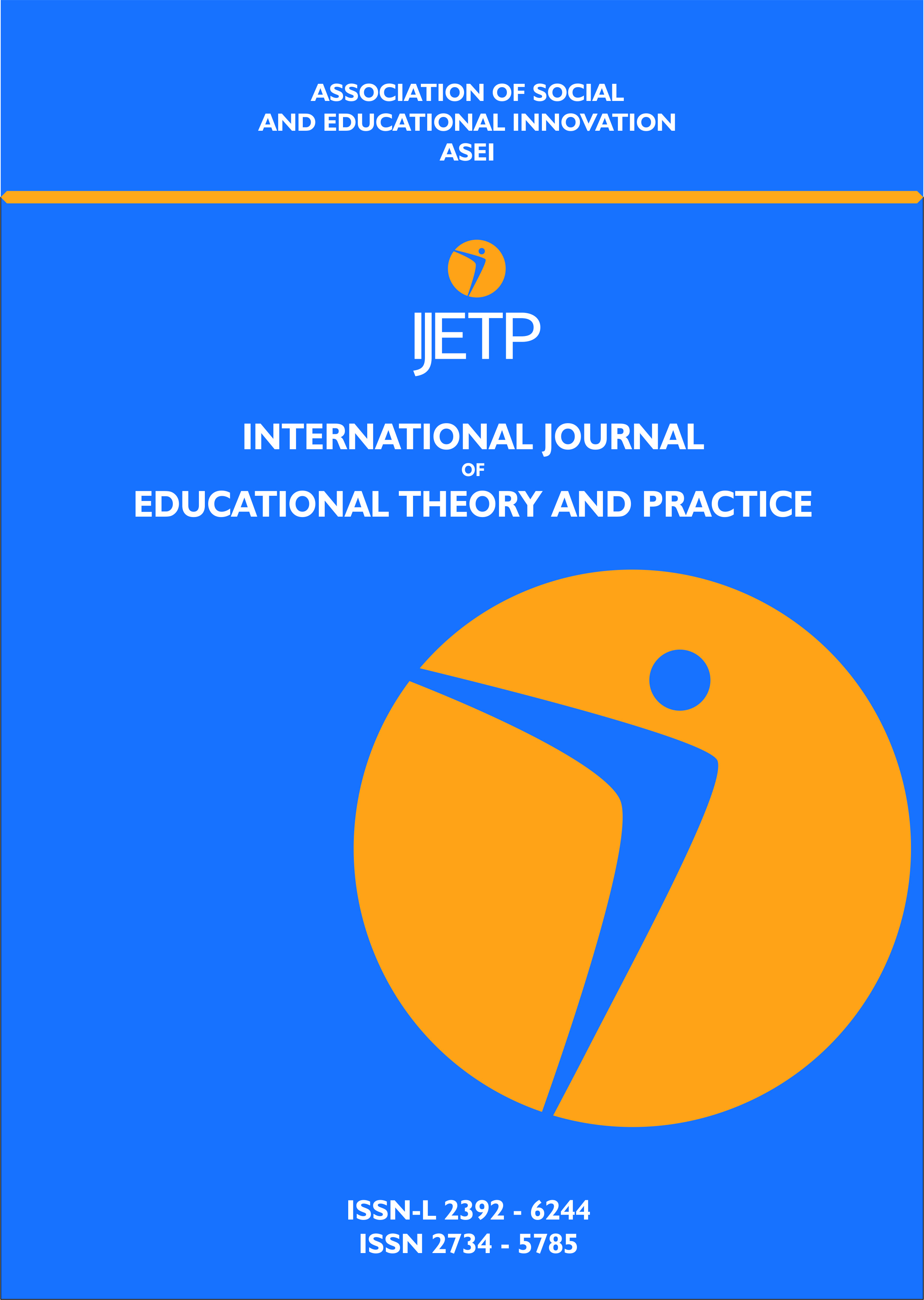The influence of bilingualism on students' creativity
The influence of bilingualism on students' creativity
Author(s): Adriana-Ioana MARUSEC (ZEBRENIUC)Subject(s): Social Sciences, Education, Psychology, Epistemology, Social Philosophy, Sociology, Preschool education, School education, History of Education, Comparative Psychology, Developmental Psychology, Inclusive Education / Inclusion, Sociology of Education, Pedagogy
Published by: Association of Social and Educational Innovation (ASEI)
Keywords: bilingualism; fluency; flexibility; originality; elaboration;
Summary/Abstract: The ascendancy of the bilinguals over the monolinguals in expressing creative potential (Ricciardelli, 1992; Cushen, Wiley, 2011; Lee, Kim, 2010) is verified also for the language pair Ukrainian/Romanian, the present research considered seeking to identify the nature of the connection between bilingualism and creativity in the case of high school students, half of them native Ukrainian (speaking Romanian and Ukrainian) and half monolinguals (Romanian) that were the same age. Other checked variables were: the geo-residential zone, the scholar environment, gender structure of the compared samples. Secondly, it was established both the way that differences of the creative potential are connected with the biological gender of the subjects, and the effects of interaction between the two independent variables. To measure the creative potential The Battery of Creative Thinking Tests (Stoica, Caluschi, 2006) was used. The results showed that bilinguals had better performances at all estimated elements: fluency, flexibility, originality and elaboration. The gender variable has an impact, but more limited and particular, that the linguistic one: girls prove creative potential for the elaboration’s dimension, while boys are better to the dimension of fluency and ideation. Also results prove that, in case of combination between bilingualism and biological gender, influences are manifested only in elaboration. Therefore, both bilingual and monolingual girls use more details in their works, taking their bearing more in idea development and being more creative on this field, comparing to bilingual, respectively monolingual boys.
Journal: International Journal of Educational Theory and Practice (IJETP)
- Issue Year: 7/2020
- Issue No: 13
- Page Range: 41-47
- Page Count: 8
- Language: English

